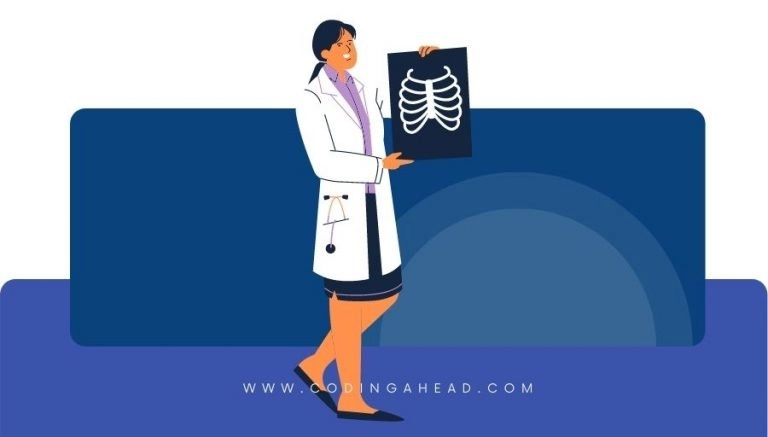How To Use CPT Code 86812
CPT 86812 describes the identification of a single human leukocyte antigen (HLA) from the A, B, or C groups using serologic methods. This article will cover the description, procedure, qualifying circumstances, appropriate usage, documentation requirements, billing guidelines, historical information, similar codes and billing examples.
1. What is CPT Code 86812?
CPT 86812 can be used to identify a single HLA antigen from the A, B, or C groups using serologic methods. This code is used when a lab analyst performs the technical steps to determine the presence of a specific HLA antigen in a patient’s blood sample.
2. Official Description
The official description of CPT code 86812 is: ‘HLA typing; A, B, or C (e.g., A10, B7, B27), single antigen.’
3. Procedure
- The lab analyst isolates lymphocytes from the patient’s blood sample.
- The lymphocytes are placed into multiple test wells containing different sera with antibodies to known HLA types.
- The test mixture is incubated with a vital dye.
- If the specimen lymphocytes contain complement HLA, cell death occurs as the antibody attacks the antigen, activating the vital dye.
- The lab analyst evaluates the results using phase contrast microscopy to identify the presence of a single HLA antigen from the A, B, or C groups.
4. Qualifying circumstances
CPT 86812 is typically ordered by clinicians to determine compatibility between a prospective donor and recipient for solid organ or bone marrow transplants. This test helps reduce the risk of transplant rejection by evaluating the similarity or dissimilarity of HLA between the donor and recipient cells.
5. When to use CPT code 86812
CPT code 86812 should be used when a lab performs serologic testing to identify a single HLA antigen from the A, B, or C groups. This code is not appropriate for molecular methods or testing for multiple antigens from these groups.
6. Documentation requirements
To support a claim for CPT 86812, the lab analyst must document the following information:
- Patient’s information and specimen source
- Specific HLA antigen identified
- Date and time of the test
- Method used for serologic testing
- Results of the test
- Signature of the lab analyst performing the test
7. Billing guidelines
When billing for CPT 86812, ensure that the test is performed using serologic methods and for a single HLA antigen from the A, B, or C groups. Do not report this code for molecular methods or testing for multiple antigens. Review the specific guidelines from payers to ensure accurate billing.
8. Historical information
CPT 86812 was added to the Current Procedural Terminology system on January 1, 1990. There have been no updates to the code since its addition.
9. Examples
- A lab analyst performs serologic testing and identifies the presence of HLA-B7 in a patient’s blood sample.
- Using serologic methods, the lab analyst determines that the patient has HLA-A10.
- During serologic testing, the lab analyst identifies the presence of HLA-C in the patient’s blood sample.
- A patient’s blood sample is tested using serologic methods, and the lab analyst confirms the presence of HLA-B27.
- The lab analyst performs serologic testing and identifies HLA-A10 in the patient’s blood sample.
- Using serologic methods, the lab analyst determines that the patient has HLA-B7.
- During serologic testing, the lab analyst identifies the presence of HLA-C in the patient’s blood sample.
- A patient’s blood sample is tested using serologic methods, and the lab analyst confirms the presence of HLA-B27.
- The lab analyst performs serologic testing and identifies HLA-A10 in the patient’s blood sample.
- Using serologic methods, the lab analyst determines that the patient has HLA-B7.



